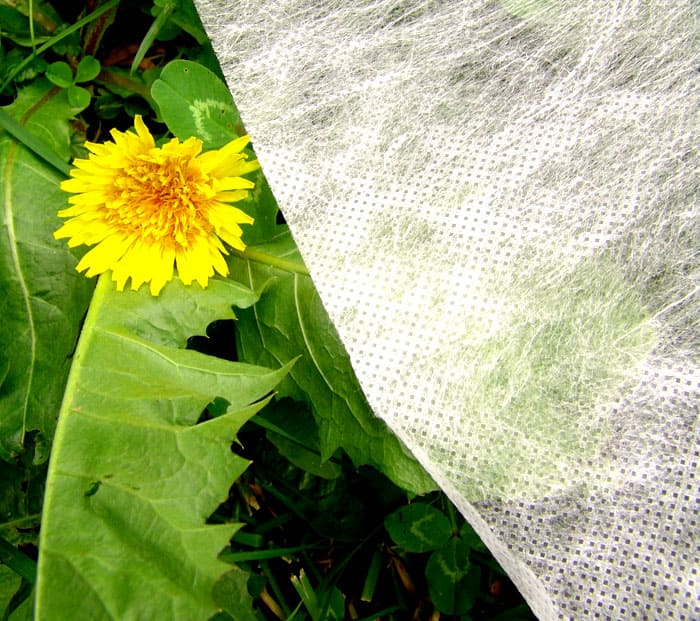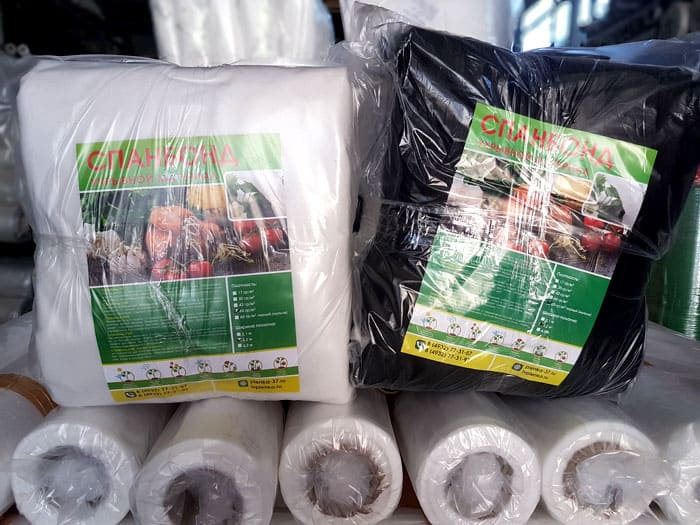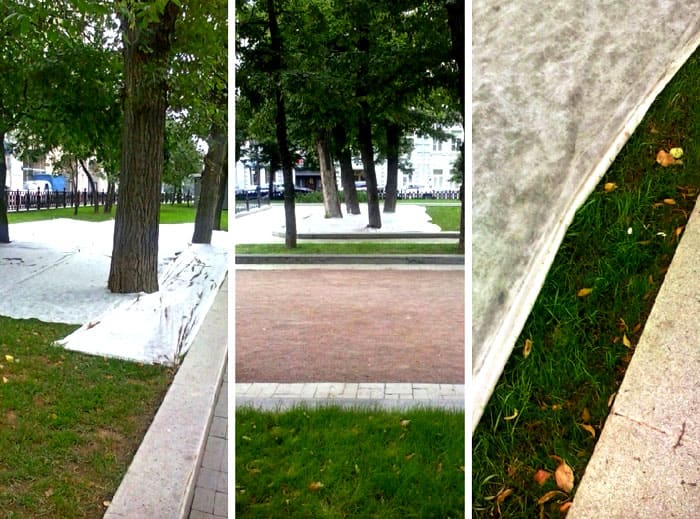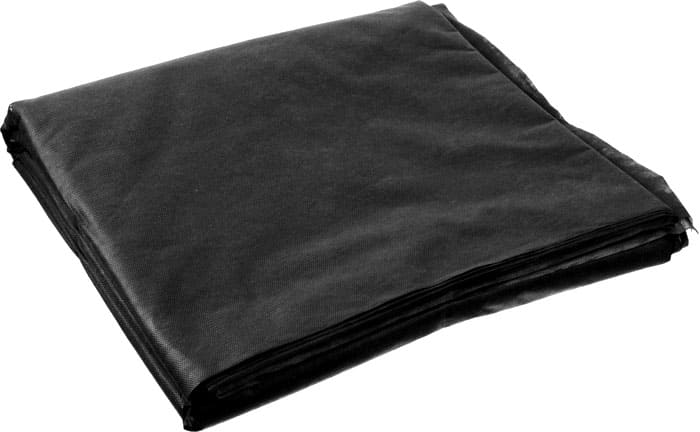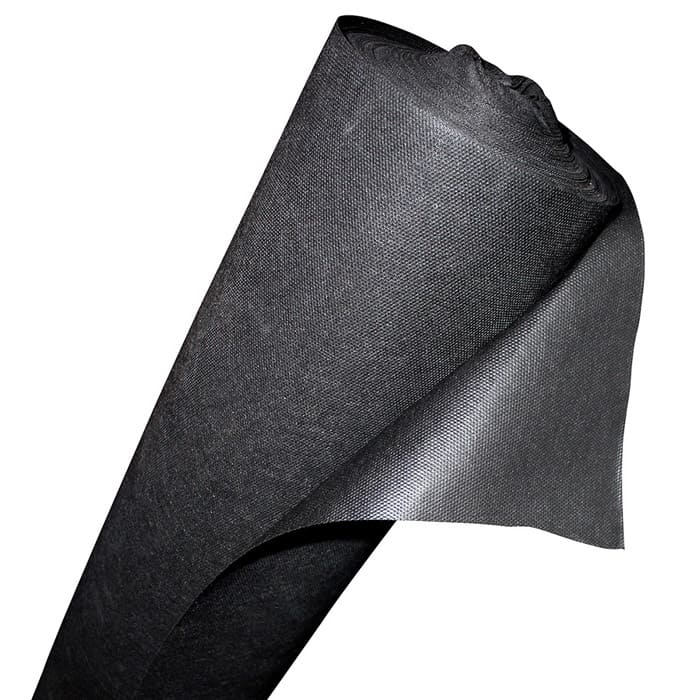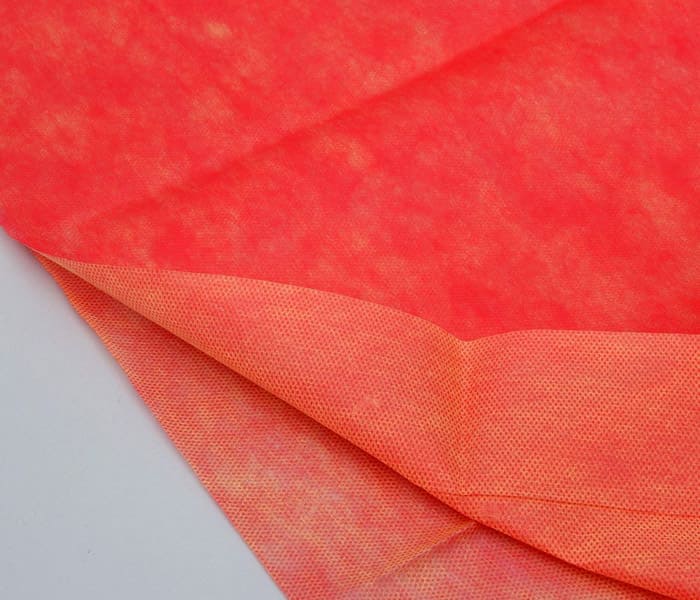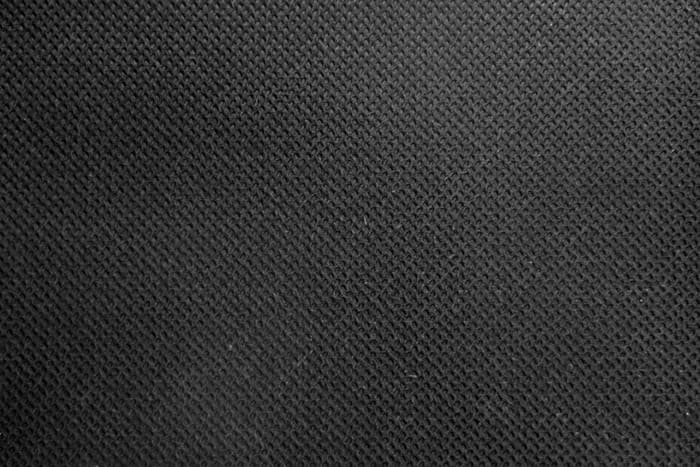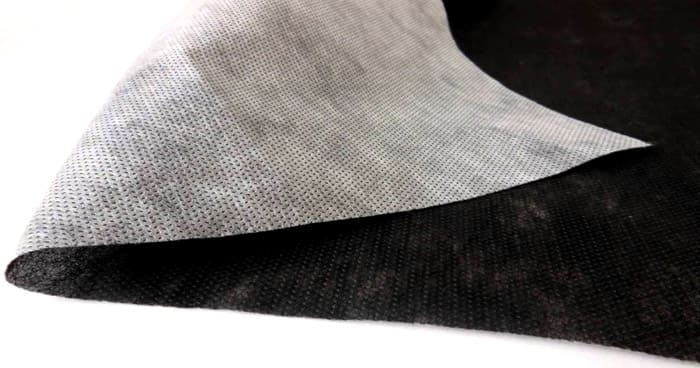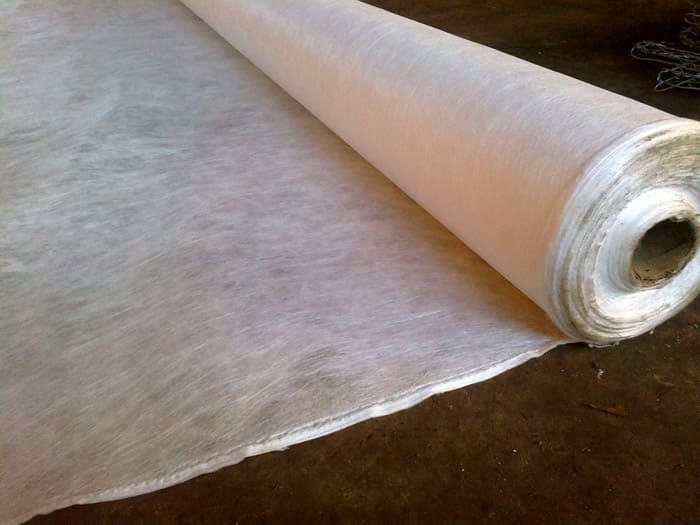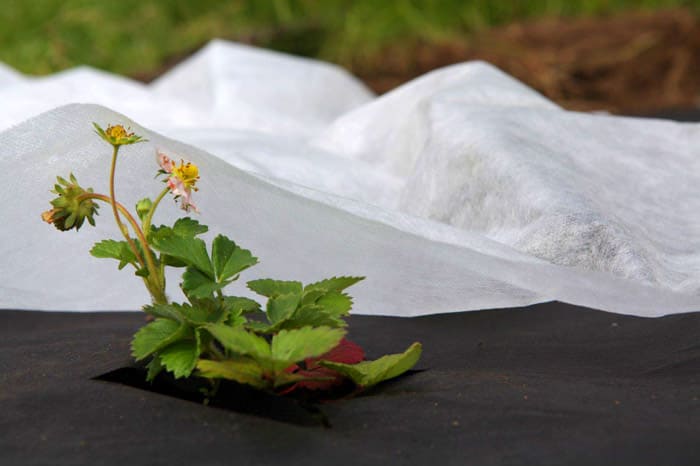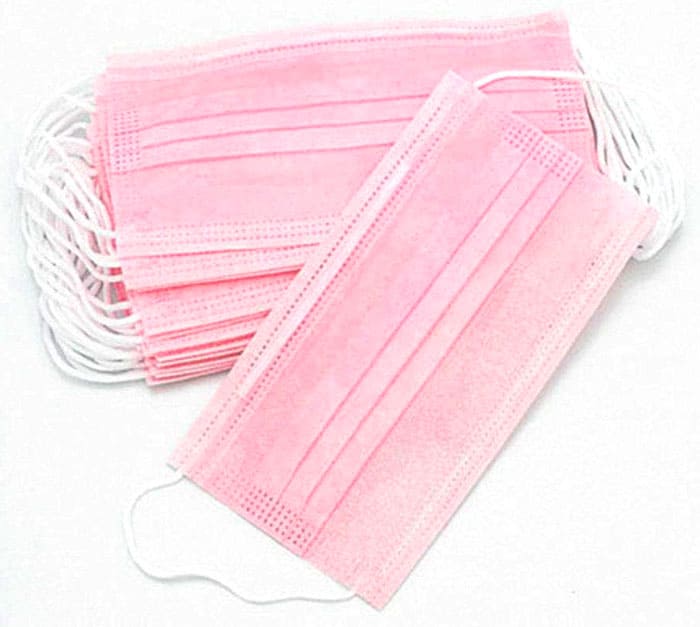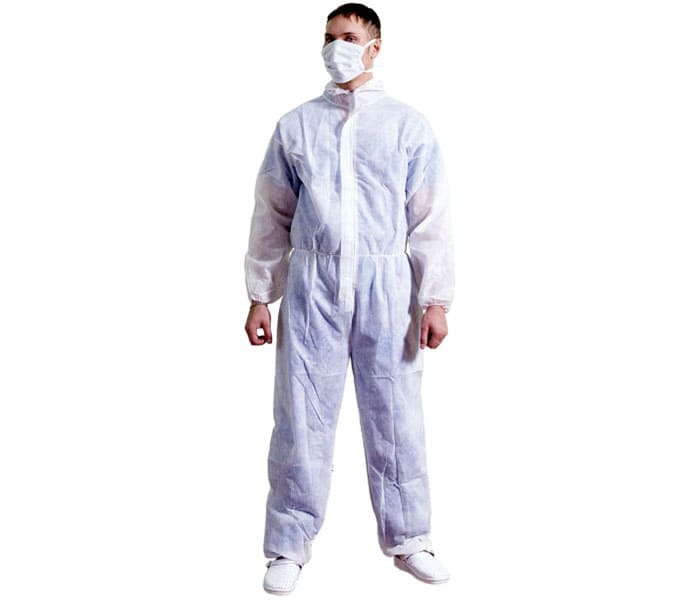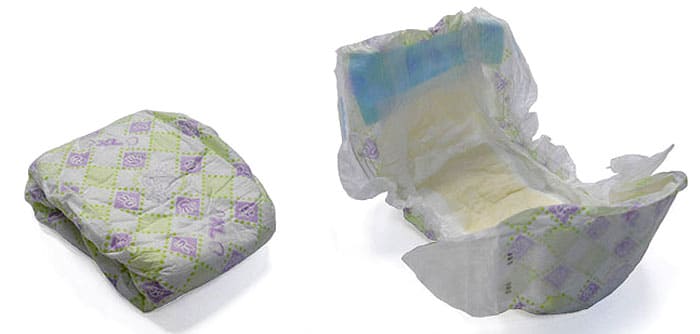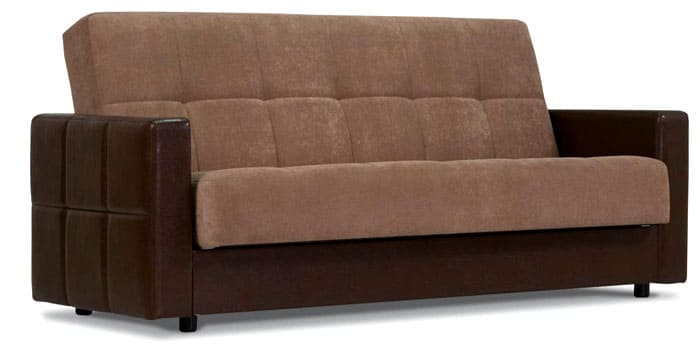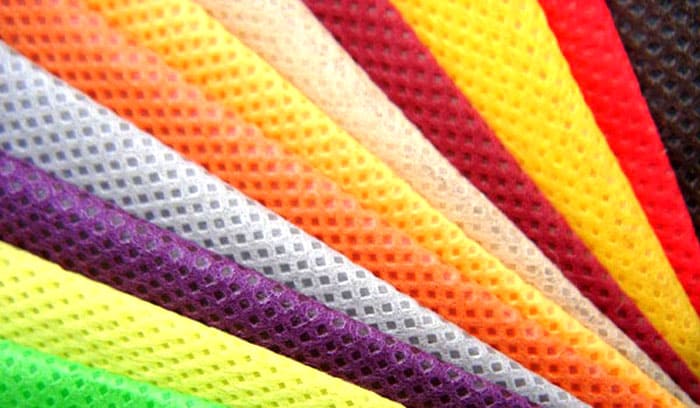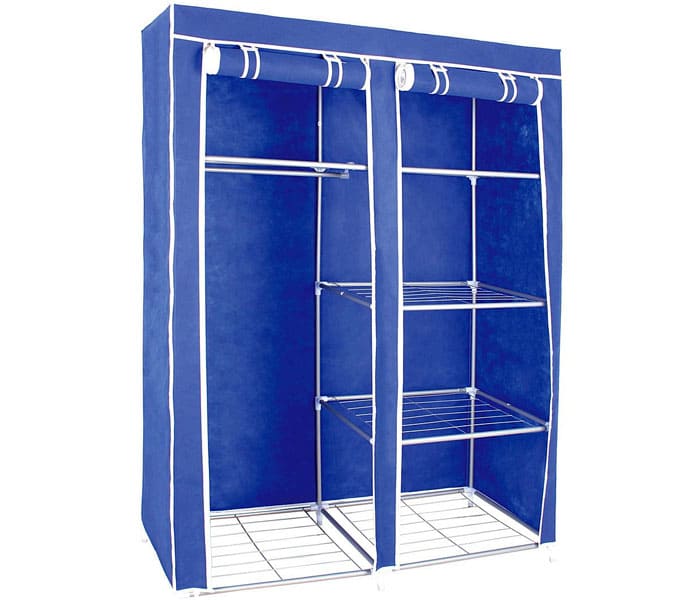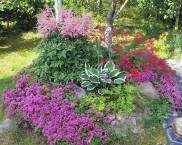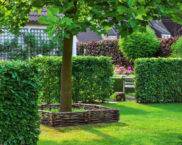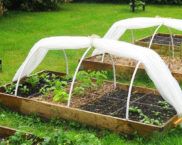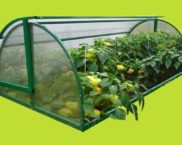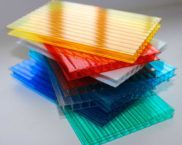Let's talk about the current: spunbond material, what it is, and how it is used in gardening
Many hardworking gardeners are trying to find a way to increase the yield, get rid of weeds, and keep the soil moisture. What if there is a universal solution to these problems? The homemaster.techinfolux.com/en/ editorial staff will share with you interesting and useful information, from which you will learn what spunbond material is, how people use it.
The content of the article
- 1 Spunbond production technology: how a universal canvas is made
- 2 Spunbond from the side of geometric and physical-mechanical properties
- 3 How spunbond is used in agriculture and in the country
- 3.1 What is spunbond covering material
- 3.2 A little about the technical characteristics of the covering material spunbond
- 3.3 Where is the spunbond covering material used, depending on the type
- 3.4 How spunbond greenhouses are made and why
- 3.5 Are there any significant differences between different brands of spunbond: compare Lutrasil, Agrospan, Agrotex
- 3.6 To dot the "I": what do they ask about agrotextile
- 4 Application of spunbond nonwoven fabric in construction
- 5 Where else is spunbond used?
- 6 How much does spunbond cost? Brief overview of prices per meter
- 7 Video: everything about agrofiber
Spunbond production technology: how a universal canvas is made
The entire production process of this material is divided into three stages. At the first stage, polypropylene is taken as the basis of the future matter. Polypropylene is in the form of granules or powder. It is melted and run on a fine perforated spinning machine. The resulting yarns enter the conveyor and are laid on it with a canvas.
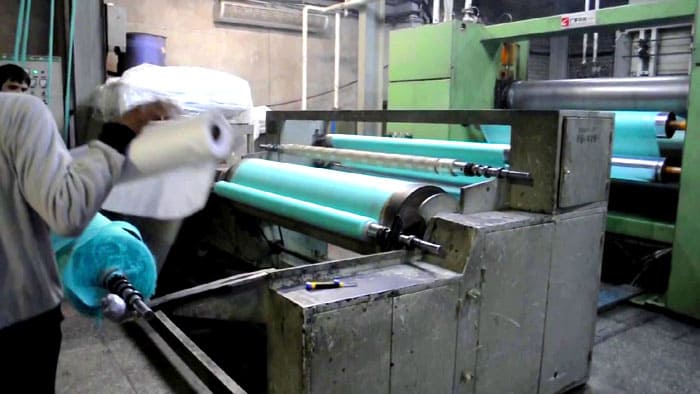
The second stage is devoted to the shaping of the canvas. This can be chemical impregnation, needle punching or hot air bonding.
Last of all, the canvas is painted, which is necessary as a protective measure against ultraviolet rays.
Spunbond from the side of geometric and physical-mechanical properties
Spunbond production is such that the output is highly environmentally friendly, absolutely non-toxic matter.
The characteristic of the canvas includes a number of advantages:
- excellent resistance to mechanical wear;
- the material is lightweight, it can be carried without any effort;
- the canvas remains strong even when wet;
- low temperatures do not change the physical qualities of matter;
- long service life;
- reasonable and even pleasant price.
There is no greenhouse effect under the spunbond, as the canvas belongs to the category of "breathable material", but it retains heat well.
An important characteristic for spunbond is density. The range of this parameter varies from 15 to 600 g / m². Density is influenced by molding.
The width of a standard blade is 3.2 m, sometimes up to 4 m.
How spunbond is used in agriculture and in the country
The use of spunbond on a personal plot is due to its characteristics. This is an excellent covering material that gardeners and gardeners need so much.
What is spunbond covering material
The benefits of using spunbond for the soil becomes obvious in the first month of use: crops ripen a couple of weeks earlier, early planting of seedlings becomes possible.
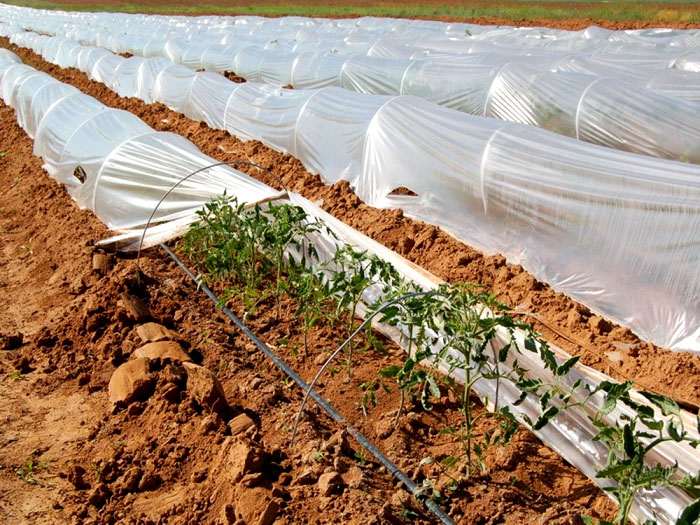
The planted seedlings, seedlings in the spring are covered with a cloth. At the same time, heat is retained very well.
Previously, a film shelter was popular, which, on the whole, successfully coped with subzero temperatures of return frosts, winds, but created the effect greenhouse and did not interfere with the influence of ultraviolet radiation.
A little about the technical characteristics of the covering material spunbond
The characteristics of the material are indicated by the manufacturer and are taken into account by the user, depending on the purpose of using the canvas.
If the material is needed for work in the open field, then a white cloth, the density of which is 17-30 g / m², will perfectly serve. If this white matter is used in a greenhouse, then spunbond with a density of 30-60 g / m2 is selected.
There is also a two-tone spunbond, black and white. They mulch the soil, and the benefit is that the black color does not allow weeds to grow, and the outer white side works as a reflector of the sun's rays, preventing the plantings from overheating.
Where is the spunbond covering material used, depending on the type
Agrotextiles are divided into two types. One is used as a mulching material as it regulates air humidity, and the second, due to its technical characteristics, as a stimulating plant growth.
White spunbond
White spunbond allows weeds to grow at their pleasure, even helping them in this, but it is an ideal material that protects seedlings from the scorching spring sun, gusts of wind and voracious birds.

If you use a white canvas with a density of 60 g / m², then it will cope with low temperatures down to -10 ° C
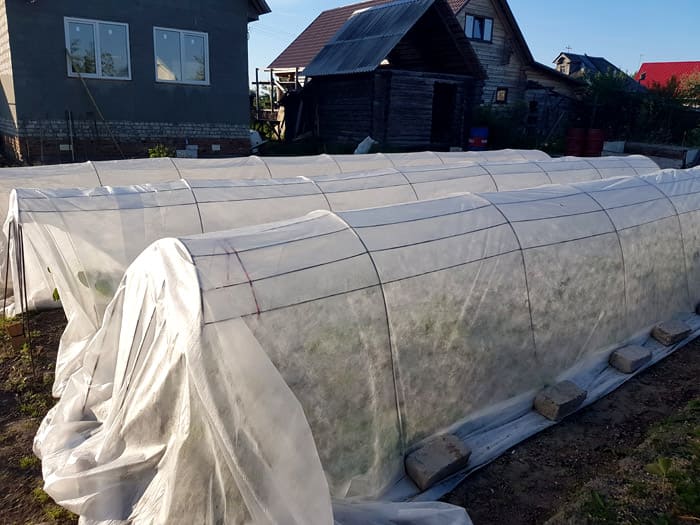
White agrotextile retains moisture well in the soil, allows water to pass through, so there will be no problems with watering
The technical characteristics of agrofibre do not allow condensation to accumulate under the film, air exchange is not disturbed, which does not contribute to the active growth of the bacterial sphere and microorganisms.
Black spunbond
Black fabric is much denser: its maximum density is 150 g / m². Such agrofibre creates a favorable climate in the upper soil layer and above it.
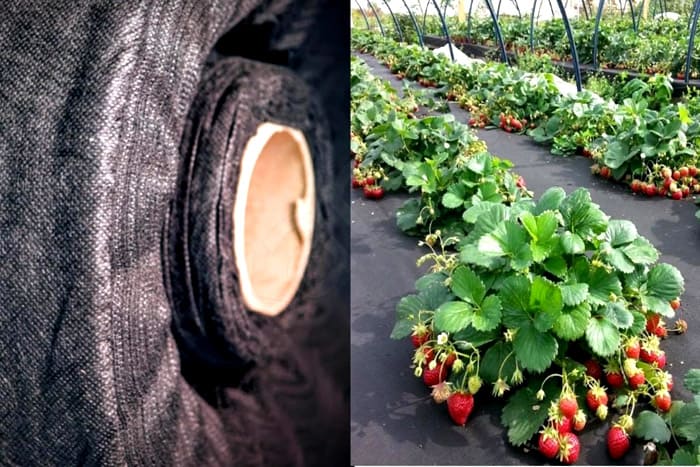
This material is not an obstacle to water, it is not removed when watering. The sun's rays are well delayed
At their summer cottage, spunbond is used, the density of which varies between 17-60 g / m².
Black color prevents weeds from growing, saves plant roots from frost, helps preserve the fruits of low-growing plants.It is a durable, wear-resistant canvas that can be used both for trees and shrubs and for young planted seedlings. For this, cuts are made in the canvas crosswise with an equal gap between them.
How spunbond greenhouses are made and why
When choosing materials for greenhouses, the film receded into the background. Spunbond can be purchased finished greenhouse different lengths: from 2 to 15 m.
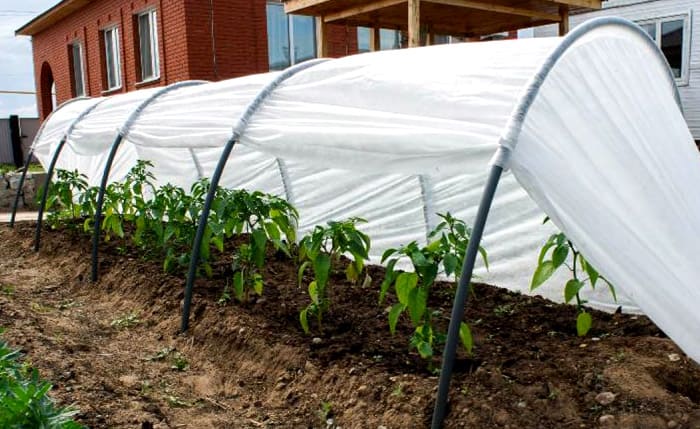
Alternatively, they purchase the agrofibre itself in the form of a roll and pull it on the arcs independently

To calculate the required length of agrotextile, you need to provide that it should cover not only the main part, but also the sides
They also decide in advance how the spunbond will be attached to the arcs. Someone digs the edges of the canvas into the soil and presses them with bricks, thereby reducing the life of the fabric.
The quality of agrotechnical fabric allows using a sewing machine to easily make grooves for arcs from the bottom. This will be a more practical and durable option.
Are there any significant differences between different brands of spunbond: compare Lutrasil, Agrospan, Agrotex
Lutrasil, Agrotext and Agrospan are the most common spunbond brands. If you understand the difference between agrotextiles from different manufacturers, you can make a profitable and necessary purchase.
For beginners in gardening, it is not immediately clear which is better to buy: spunbond or agrospan. This question is being asked incorrectly: the covering material "Agrospan" is produced using spunbond technology and is a trademark.
The material "Agrotex" is used for the longest time, as it stabilizes the amount of ultraviolet radiation. Lightweight spunbond "Lutrasil" is good because there is never condensation under it. Long service life of Agrospana covering material, about 5-6 years.
If the question is what is the difference between spunbond and geotextile, then it is in the purpose of the product: agrofibre is suitable for use in agriculture, whereas more "oak" geotextile is used as an insulating material in construction.
To dot the "I": what do they ask about agrotextile
We found out what it is, spunbond material, and what is its use in gardening. But when it comes to purchasing, the buyer may have serious questions. The most important nuances should be clarified.
Does the spunbond leak water
When the canvas is just purchased, it does not allow liquid to pass through very well.
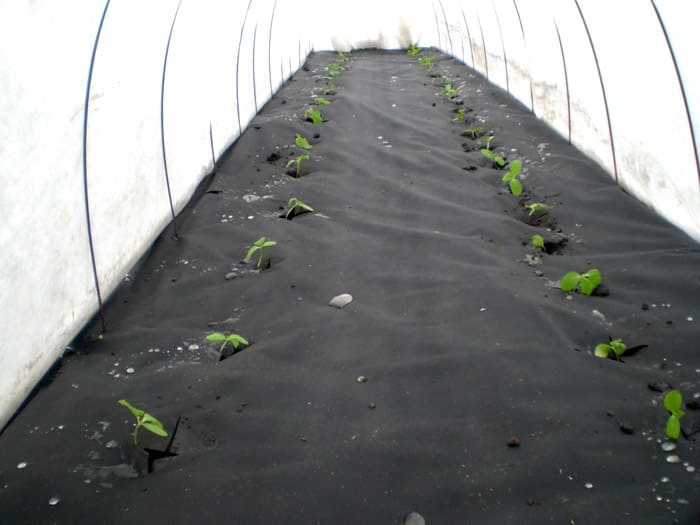
Do not worry about wasted money, when at first puddles will be noticeable on the surface of agrotextile in the garden
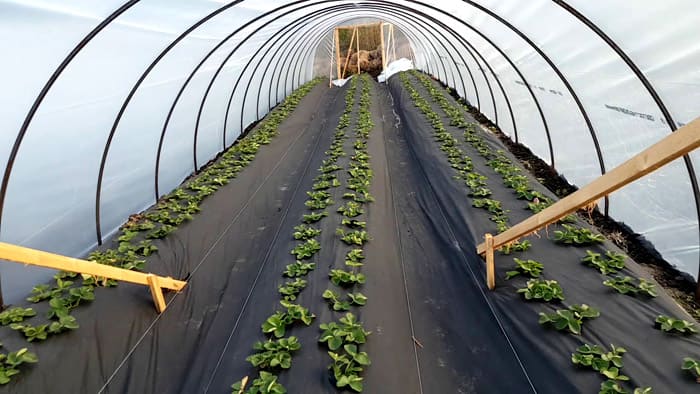
The material is gradually laid down, and the water goes into the soil. In the future, there will be no such problem
When spunbond is used for greenhouses, use drip irrigation... The drip hose is run over the top of the greenhouse, from where it is always easy to remove.
Nuance! Thinner spunbond allows water to pass through better.
Another task: which side is covered with spunbond
At first glance, both sides are the same. But, if you look closely and touch agrotextile, it is easy to find out that on the one hand it is smooth to the touch, and on the other it is rough. But there is no secret here: the manufacturer always indicates information about which side to lay the spunbond on.
Having placed the product incorrectly, you should not be surprised that water accumulates on top, rolls to the edges, but does not penetrate in any way.
Which is better spunbond or film
What spunbond is used for is clear, but maybe the film is still better? In solving this issue, the climatic zone, average air temperature and the purpose of application cannot be excluded.
But early planting of seeds, as they say "in the snow", requires a film cover, which guarantees better heat retention.
Application of spunbond nonwoven fabric in construction
The builders also paid attention to such a necessary invention. This is a great insulation solution. Thin varieties of agrofibre can replace mesh for rough finishing.
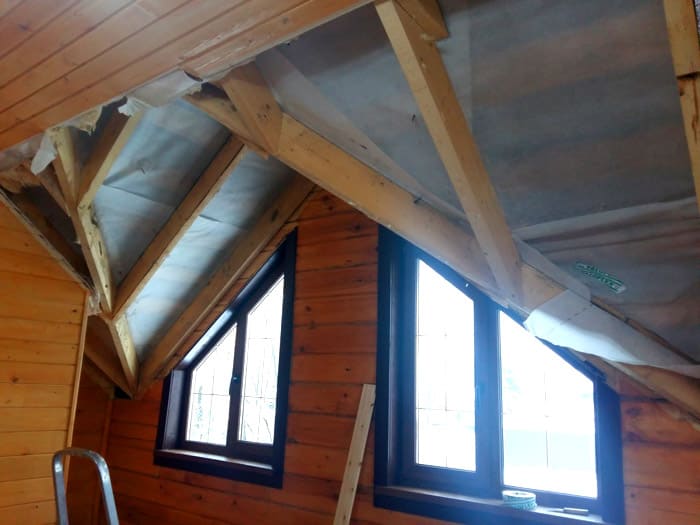
Denser versions (50-100 g / m², category A), suitable for wind insulation of roofs, facades, as a protective layer against moisture and condensation
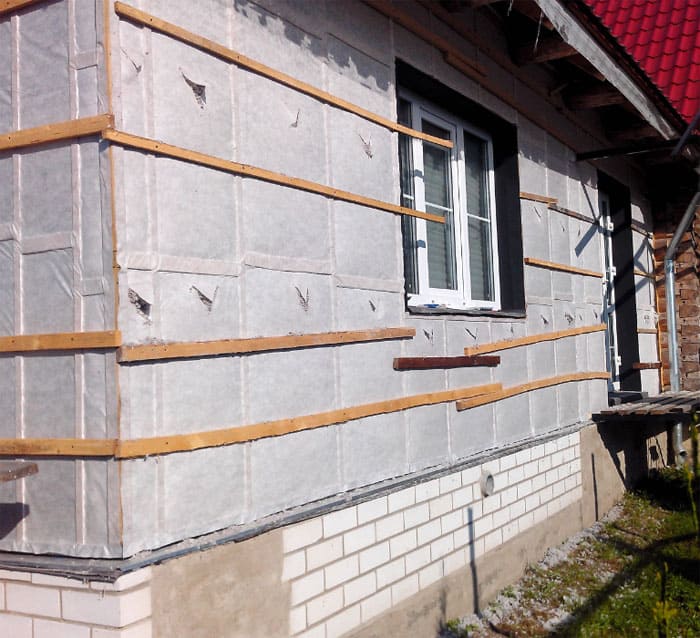
For vapor barrier, category B is taken, with a density of 40-60 g / m². This is an excellent protection against vaporization from the inside of the building.
Laminated agrotextile, treated with antioxidants, has a density of 70-90 g / m² (category C). It is used as a waterproofing agent where the roofing material does not fit tightly, and in any premises where it is necessary.
Where else is spunbond used?
We figured out the fact that spunbond is actively used in gardening and horticulture, it also turned out to be in demand in the construction industry. Where else can you find him?
The material is actively used in medicine. Everything that relates to the sanitary cleanliness of a health worker and not only is released from it.
It is used as a material for workwear
In the sewing world, this is a different lining fabric that prevents the material from stretching and losing shape.
In hygiene: diapers, women's personal hygiene products, disposable wipes.
The material is actively used in furniture production. Let no one be confused by the inscription on the packaging of the mattress about the presence of spunbond in it. Now that you know what it is, you can easily imagine that it is a wonderful spring separator.
Spunbond is also used as lining in bags and cases, in car filters and in vacuum cleaner filters, as organized storage systems.
As you can see, the scope of application is very wide, so the development of agrotextiles can be considered quite successful.
How much does spunbond cost? Brief overview of prices per meter
Density, size and brand play a role in spunbond pricing.
| Name | Options | Average price as of April 2019, rubles |
|---|---|---|
| Agrotex | 2.1 x 10 m; 30 g / m² | 202 |
| Agrospan white | 42 microns; 3.2 × 10 m | 259 |
| Agrotex 60 black | 1.6 × 10 m; step 30 cm; hole diameter 8 cm | 574 |
| Luck 40 | 3.2 x 10 m; 40 g / m² | 349 |
In this case, it is important not to calculate the price per meter, but to consider immediately the matter in the right amount by the meter.
Wherever you use this material, in a spunbond greenhouse, on soil covered with such necessary agrofibre, in construction, the purchase will pay off and fully justify itself!



